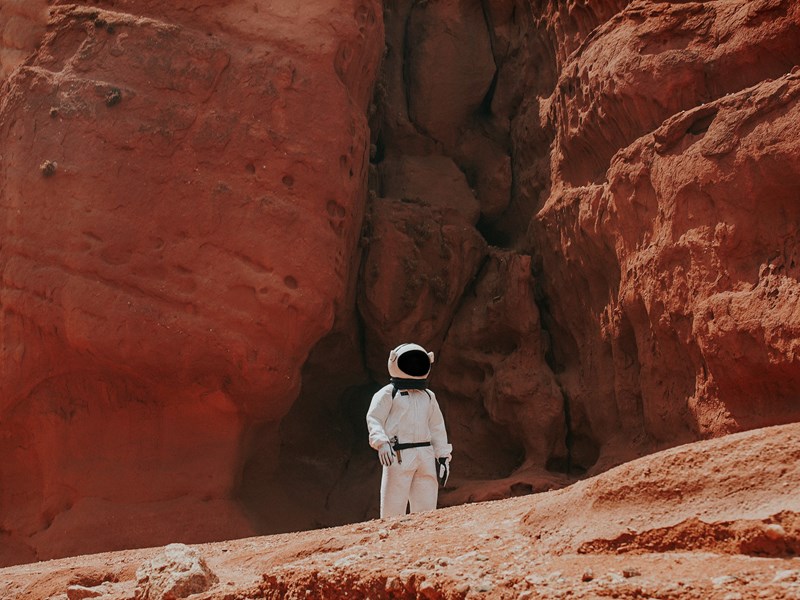Mission Control
31 October 2023

Mission Control is a civics and science interdisciplinary program that explores the potential role a diverse number of industries may play in the future space sector.
Through engaging in the Mission Control program students will think critically about the skills and knowledge needed for a successful mission to Mars, including debating and voting on industries to send on the mission, mirroring Victoria’s parliament processes, and work collaboratively to complete a hands-on design challenge as they consider how to sustainably power operations, feed the population, and communicate across the far reaches of space.
For the civics and citizenship classroom, students will:
- Experience the process of passing a bill through parliament, including the process of making amendments
- Create responses to committee reports
- Represent a fictional party and electorate
- Make decisions on behalf of their constituents
- Evaluate the success of the decision-making process and design challenge, including consequences and unintended consequences
This program is a collaboration between Science Gallery Melbourne, Australian Space Agency and Parliament of Victoria